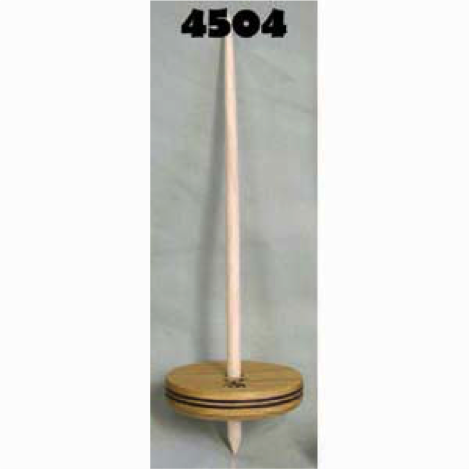Fiber Crafts
Needle Felting
The felting needle is a special needle about three and a half inches long that has reverse barbs along its shank. They are used to compact and tangle fibers creating the felted look without the soap, water, and mess of traditional felting. They are very sharp and very brittle and this is not a craft for young children. However, children twelve or older should have no problem with them. The needles can be used individually or as a set in the felting needle punch. This is a handle that locks in four to five needles at one time for faster felting on larger projects. It can also be used in conjunction with the fiber claw that helps to hold the fiber in the exact position you need.
You will want to use a large sponge or piece of foam rubber for a working surface. It is best to use a piece three to four inches thick so that the needle is unlikely to punch thru to your leg or the table. Begin by rolling a stack of washed wool on your foam pad and just practice different techniques with the needle. Repeated stabbing in one area will create an ever deepening hole, stabs close together in a line will create a sunken line, and needling all over in an area will reduce and firm the area. Add colors and designs by stacking more wool in various areas and "stabbing it into place". You can also needle scraps of colored yarn into your piece to create lines.
Felting for Fashion
Felting is the technique of treating wool so badly that it becomes beautiful. Felt is a non-woven fabric made from animal fleece. It is created using hot water, soap, and agitation. Once felted it is impossible to "unfelt" the fabric. The wool fibers have small scales, which cause the fibers to tangle and cling to each other during the felting process. Once felted, the material can be shaped and molded into a wide variety of products including hats, sweaters, scarves, and toys. Various colors can be felted together to create wall hangings and patterns in clothing without the use of seams.
Quality Llama Products, Inc. carries several books on felting that include such varied projects as hats, slippers, puppets and stuffed toys. Felting is a simple technique that can be mastered by young children and is a fun, safe activity for the entire family. Felting is an inexpensive hobby, as it does not require any special tools or supplies to make beautiful projects.
Hand Spinning
Spinning is the most well known use of wool. Spinning can be done on a spinning wheel, with a drop spindle, or with a support spindle. It is the process of twisting strands of wool so that they lock together in a continuous strand. The resulting yarn can be used for weaving, knitting, crocheting, or other types of craft projects. For the beginning spinner the drop spindle or the support spindle offer excellent ways to learn the craft with the least financial investment. Drop spindles use the law of gravity to help create the spun fiber. Used by ancient shepherds, some form of drop spindle can be found in nearly every culture throughout history. You can create your own or purchase beautiful, hand made spindles in a wide variety of sizes and styles. The support spindle is similar to the drop spindle however, as the name implies, it is generally supported in some way rather than dropped. While drop spindles by nature general require that you be standing to make them work correctly, the support spindle can easily be used while seated. Again, support spindles can be as simple as a bowl or as complex as a precision travel spindle. Spinning wheels are available in a wide variety of styles and sizes. We prefer the Ashford spinning wheels for ease of use and its ability to ply and make novelty yarns. The traditional wheel is a great beginners wheel but is also preferred by many advanced spinners. If you travel a lot with your wheel the Joy spinning wheel folds into a compact package and can be placed in the cordura carry bag sold separately for ease of transport. The bag is well padded and has multiple pockets for taking all of your tools and supplies to class or on a trip.
Spinning classes are often available from craft centers at local colleges or thru the local spinning guild. To find a spinning guild in your area call your local chamber of commerce or county extension office. Spinning with a spinning wheel is very relaxing and once mastered, can be done while watching television or enjoying a day on the beach. There are many excellent books on spinning as well as some outstanding videos. Quality Llama Products, Inc. also has videos dealing with dying and weaving wool once it has been spun so that you can create an unlimited number and variety of projects. For production spinning, Quality Llama Products, Inc. also offers electronic spinners.
Weaving
Weaving can be as simple as inter-weaving rag strips into a rug to inter-lacing fine silk into elegant fabric. When purchasing a loom you need to think about the type of fabric you want to create. The loom will be identified by a size specification, such as 24 inch. This indicates the maximum width of the fabric the loom is capable of creating. The loom may also be identified by the number of heddles. The more heddles, the more threads you can string onto the loom and the more intricate a pattern you can create. Many people are intimidated by weaving as it has its own vocabulary and appears to be complicated. In reality, the hardest part of weaving is learning the vocabulary. If you start with a simple rigid heddle loom and understand the basic concept you will quickly be able to move to a larger four or eight heddle loom.

